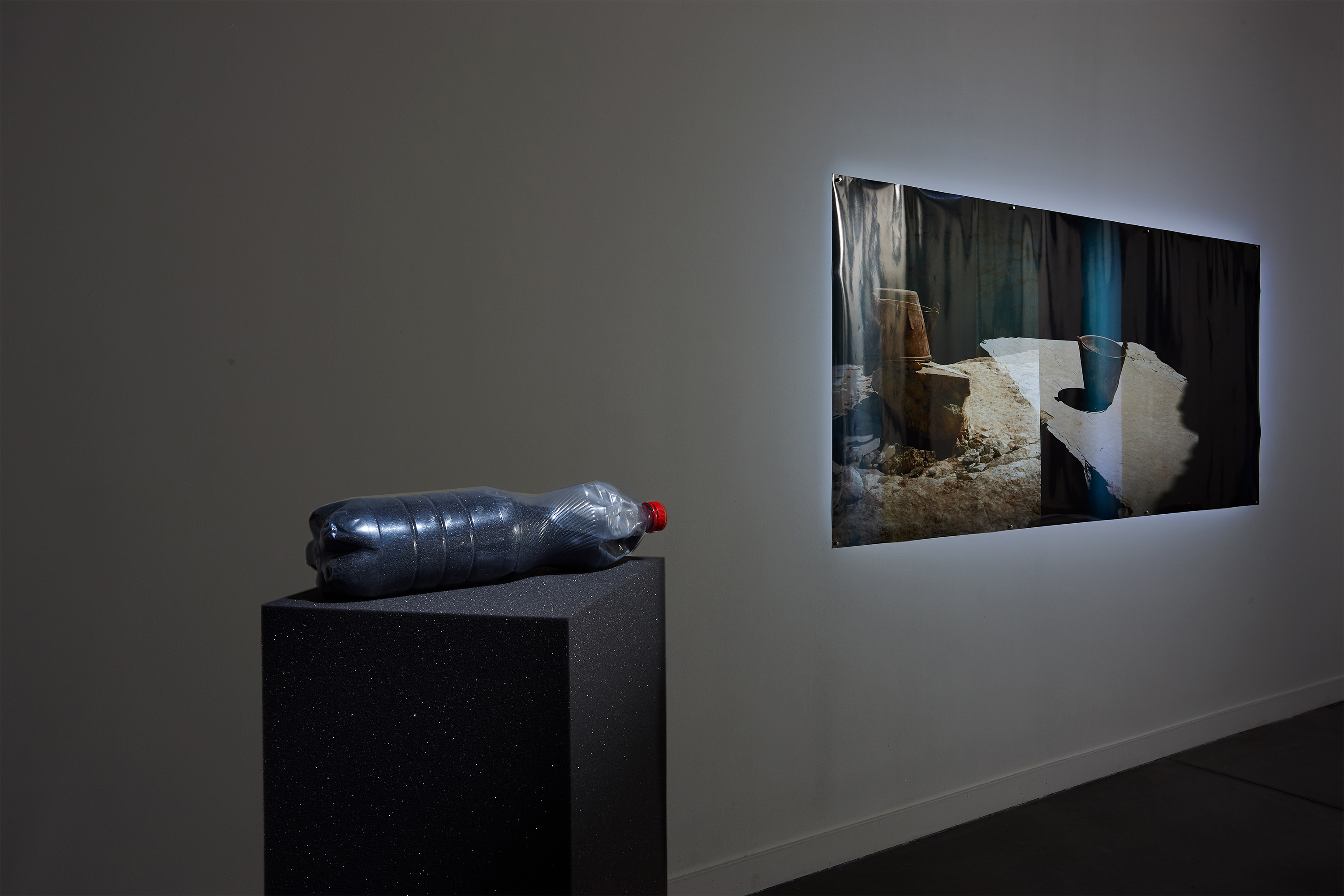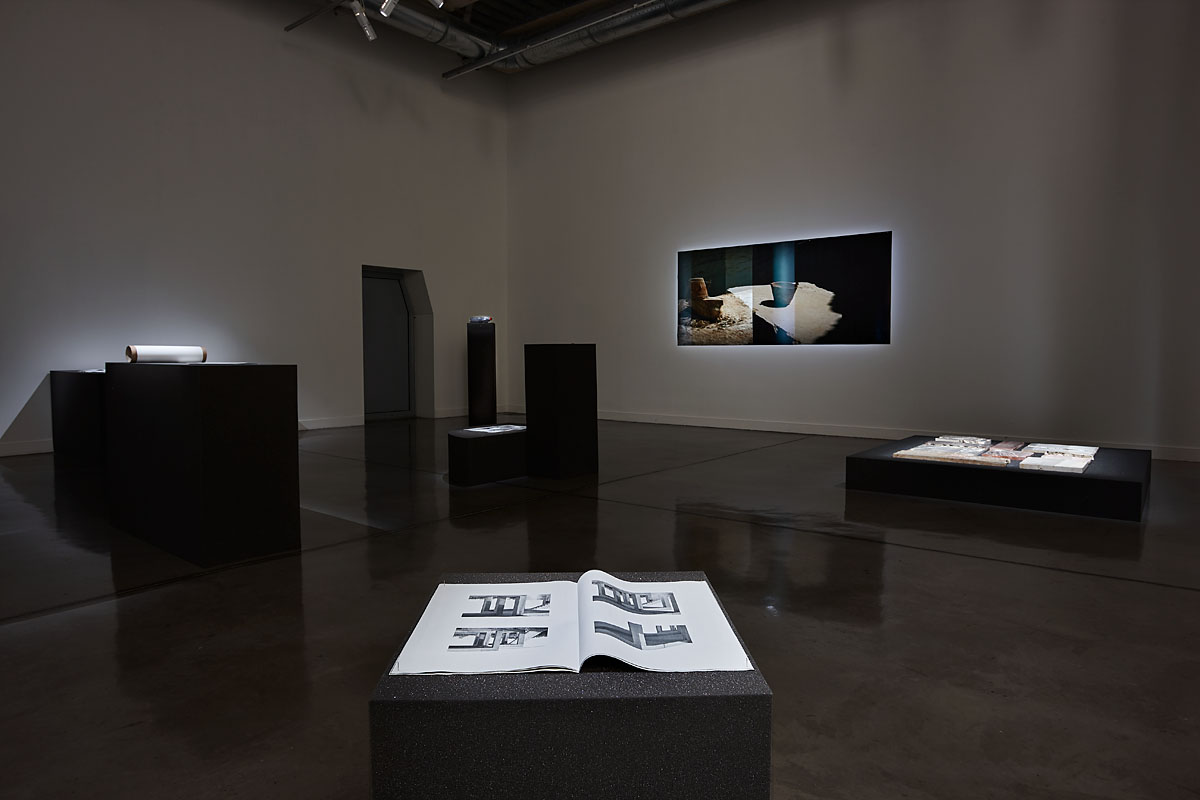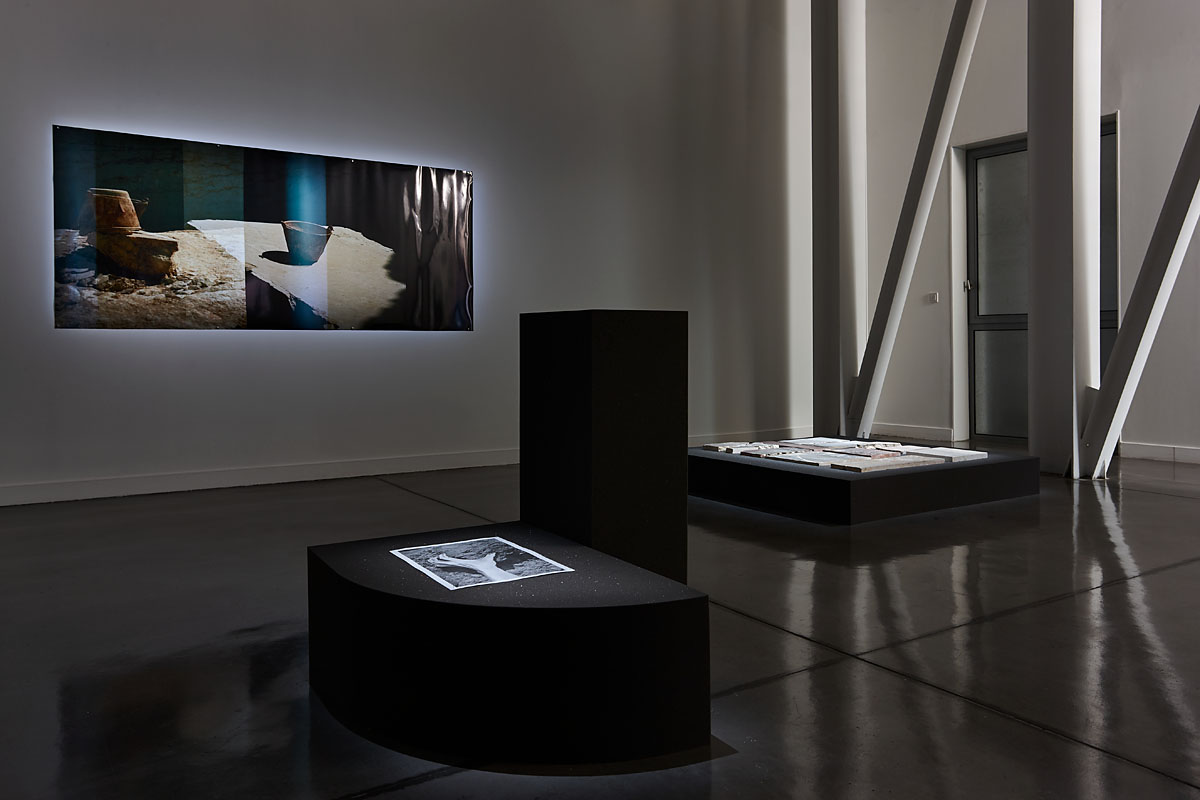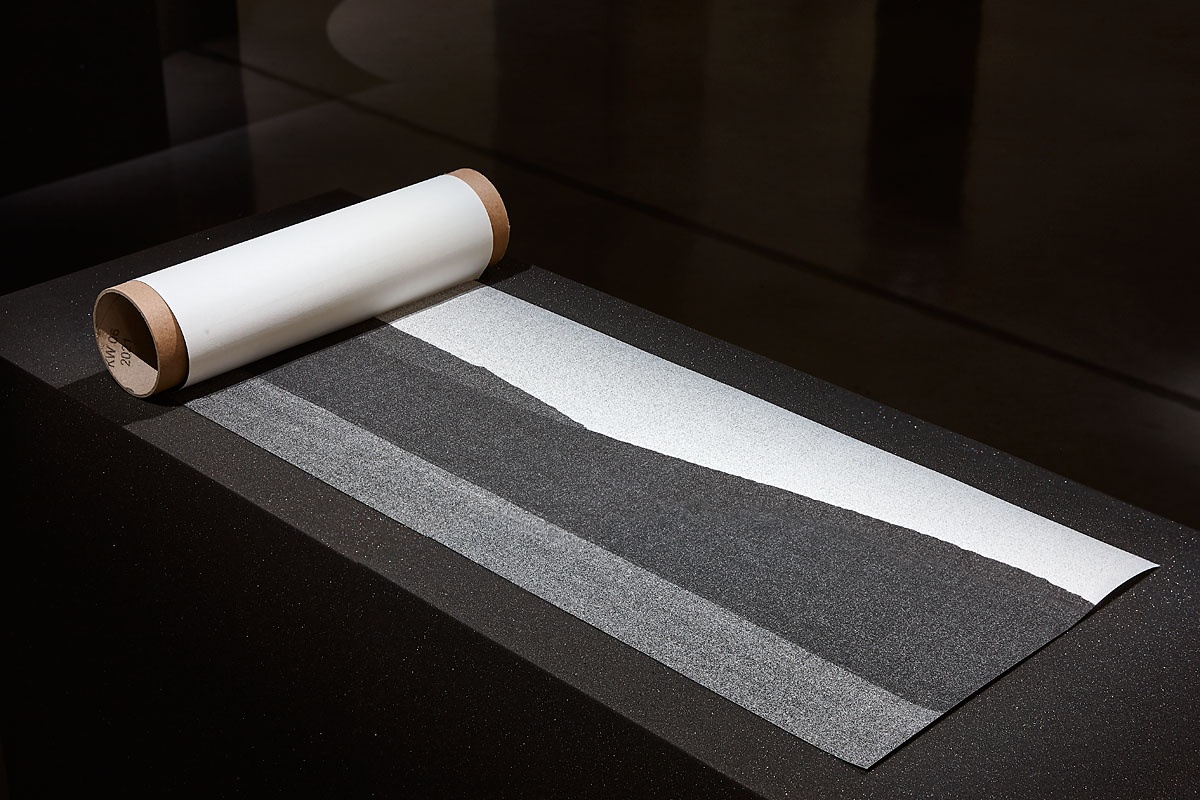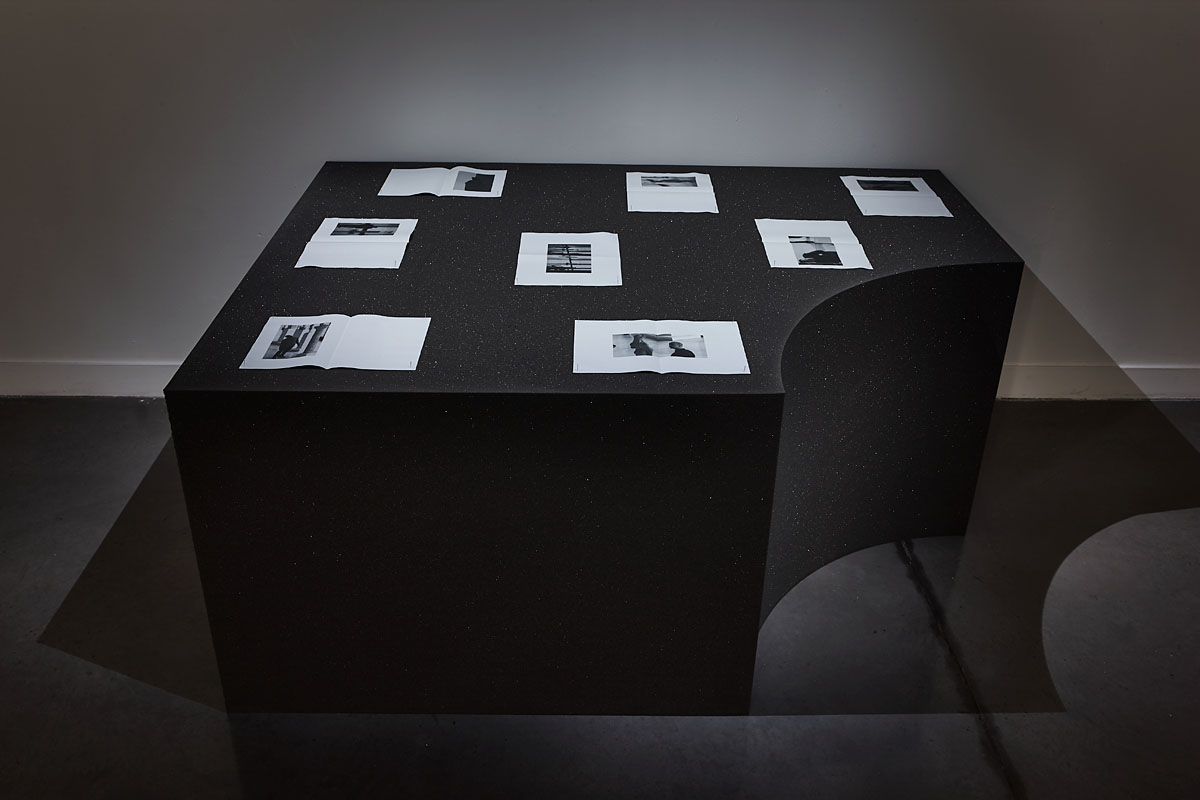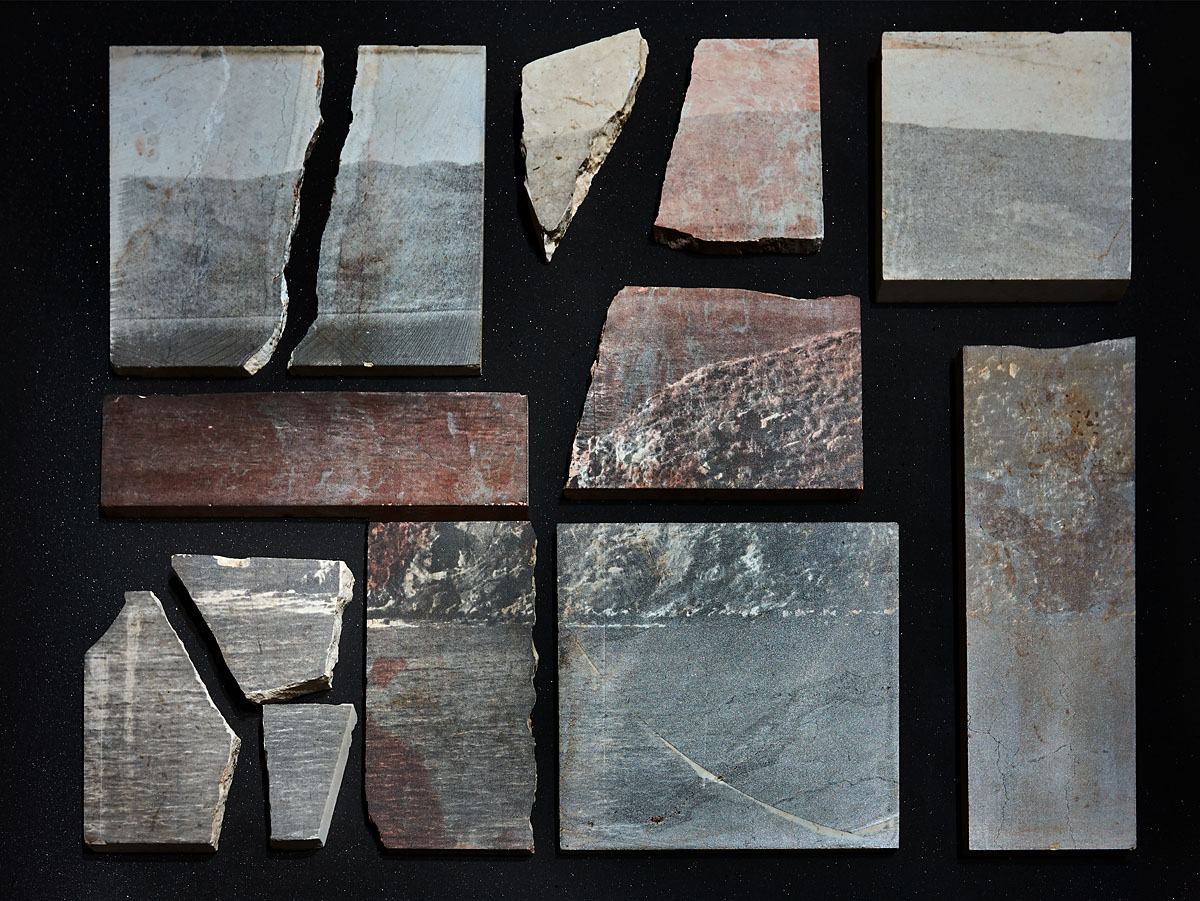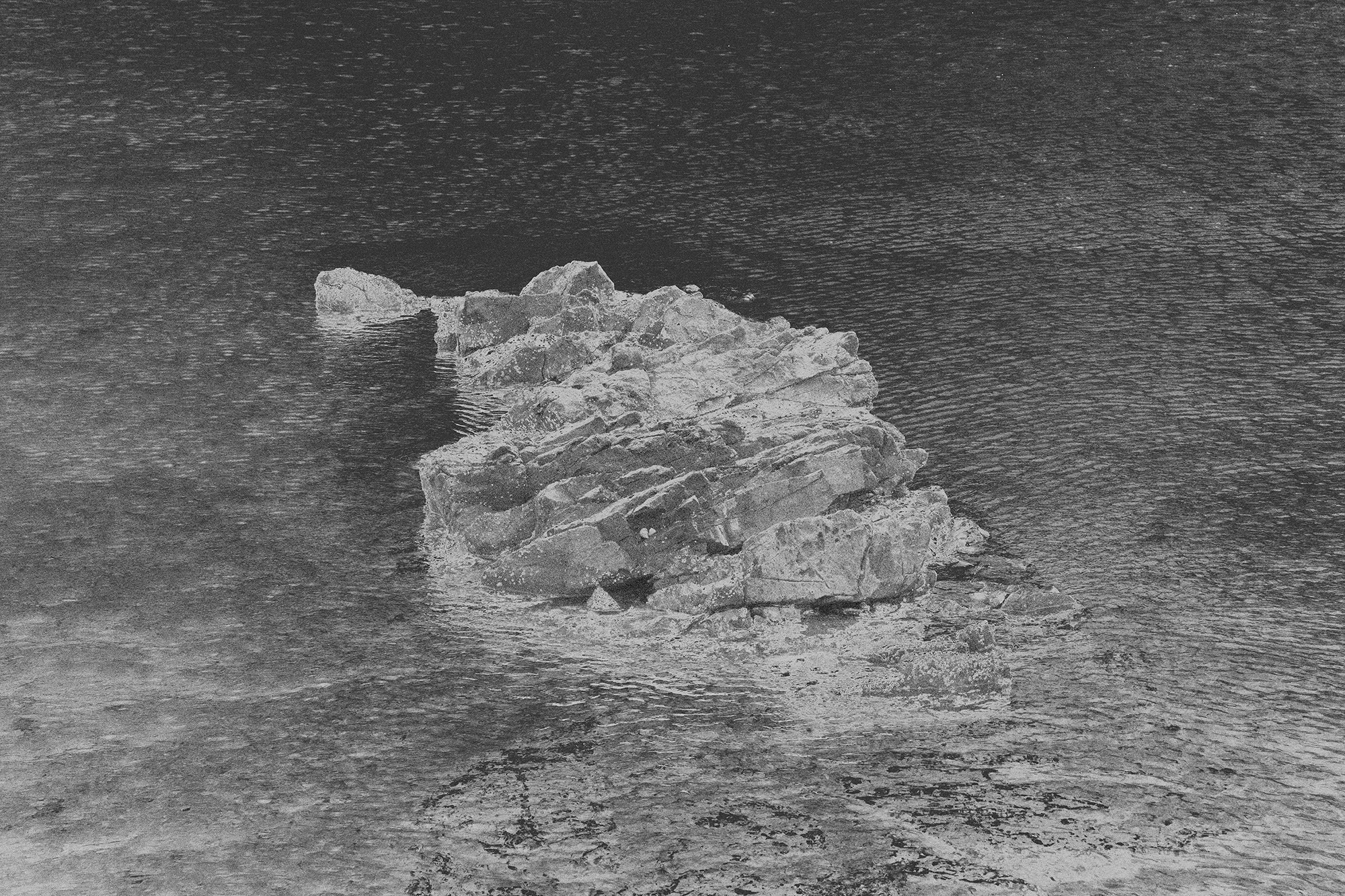
The practice of Marie Hervé (1996, Marseille) leads one to believe that she is seeking to collect that which is scattered, to bring together that which is divided, to try to find the origin of things: territories, groups, emotions, her own history. After studying literature and photography, the artist decided not to confine herself to a particular medium, but rather to draw the tools necessary for her projects from the reservoir of techniques at her disposal. Thus, by crossing global and collective quests, she undertakes a personal survey that is structured around images (bodies, spaces, ruins, materials), texts (letters, fictions, thoughts), editions (fanzines, books) and even videos (of volcanoes, seas etc.). Here, the artist aligns herself with the structural authority of modernity by calling on various scientific disciplines to collect, analyse, order and present her works. Under the guise of an acute rationalism – perhaps inherited from a microbiologist mother – Marie Hervé imposes a rigour that does nothing less than deceive us throughout this investigation. We discover that the artist does not always tell us the truth, as illustrated by the MYTO publishing house, created in 2021.
For her exhibition Archipel(s), presented at the Frac Provence-Alpes-Côte d’Azur, the artist worked with the designer Andrea de Chirico to create a scenography of fragmented islets, which serve as substrates for the various projects on display. Simultaneously a map, a bench, a table or a desk, these horizontal structures composed of several bases emanate from a single block. The proposed scenography “carries [this] memory of the block”1 but here the fragments “allow themselves solitude.” The exhibition then takes the form of a “posthumous joust” where the fighters are fragmentary works, alternately documents and archives, whose origins and status are uncertain.
Margaux Bonopera
Independent curator – author



